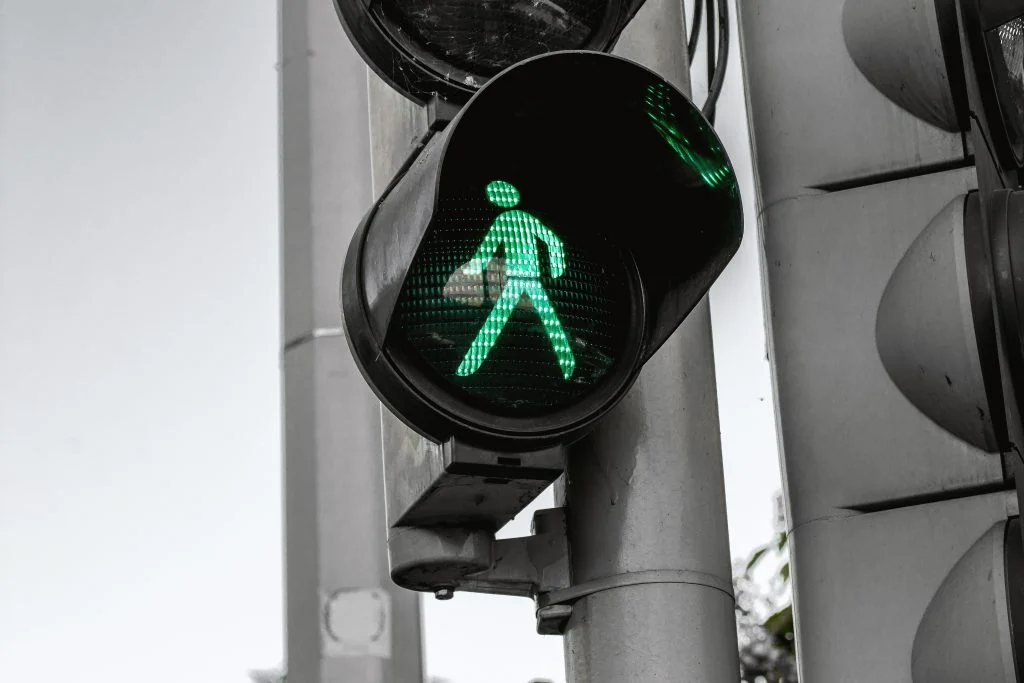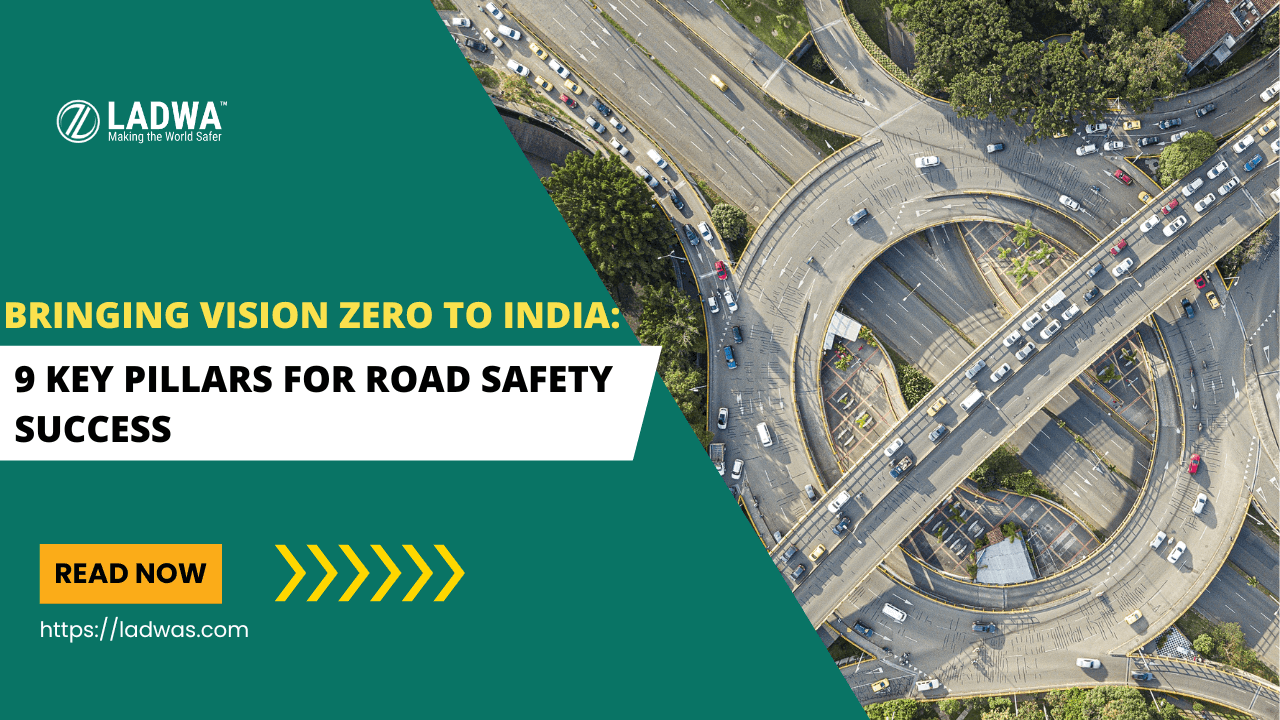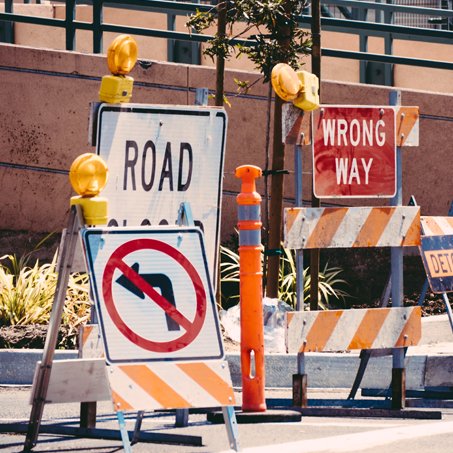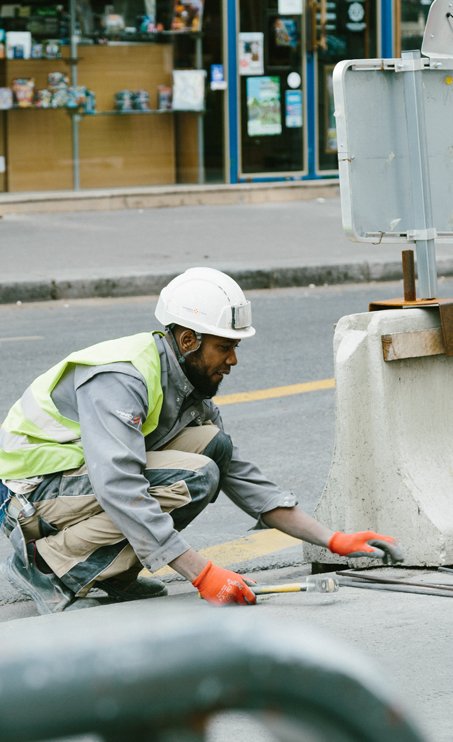Introduction:
Every day on India’s bustling roads, a tragic reality unfolds: preventable traffic accidents claim countless lives and leave many more injured. These are not just statistics; they are mothers, fathers, children, friends, and neighbors whose absence leaves an echo of grief and a stark reminder of the urgent need for change.
This is where Vision Zero steps in, not as a distant dream, but as a powerful call to action. It’s a commitment to a future where no life is lost or seriously injured on our roads. It’s a bold vision, yes, but one rooted in the belief that every single life holds immeasurable value, and every death or injury is unacceptable.
But why is Vision Zero so crucial for India? The answer lies in the grim statistics:
- India accounts for the highest number of road fatalities globally, with over 4.12 lakh deaths in 2021 alone.
- Vulnerable road users like pedestrians, cyclists, and children are disproportionately affected.
- The economic and social costs of road crashes are staggering, impacting families, communities, and the nation’s development.
These numbers paint a sobering picture, but they also fuel the determination to build a safer future. Vision Zero offers a roadmap, a set of guiding principles that can pave the way to a transformation. By embracing these principles, we can create roads that prioritize safety, not speed, infrastructure that protects, not endangers, and a culture of collective responsibility where everyone plays their part.
This blog delves into the 9 key pillars that underpin a successful Vision Zero implementation in India. We’ll explore how strong leadership, collaboration, action-plan, safety by design, and empowering community can work in tandem to make our roads safer for all. We’ll share inspiring examples and practical steps, reminding you that Vision Zero is not just a dream, but a journey we can embark on together, one step at a time.


Our leaders, city council members, and transport officials must publicly commit to Vision Zero, setting clear goals and timelines for all road users – pedestrians, cyclists, drivers, everyone. This commitment should be translated into actionable policies, ensuring community engagement and equitable outcomes.

A dedicated Vision Zero Taskforce brings together diverse voices – transport, public health, police, and more. This collaboration fosters shared goals, accountability, and multi-disciplinary solutions.

Within a year, a clear Vision Zero Action Plan is crucial. It outlines strategies, owners, deadlines, and measurable targets, guiding progress and highlighting impact. Remember, data is key! Use reliable data to identify high-risk areas and prioritize resources effectively

Vision Zero must be inclusive and fair for all. This means understanding how safety issues disproportionately affect vulnerable communities and actively investing in proactive solutions like safe road designs, not just increased enforcement.

Vision Zero can’t happen in silos. Government agencies, community groups, and NGOs must work together. Share information, set shared goals, and hold each other accountable for progress.

The Safe System approach prioritizes designing roads that forgive human error and protect everyone. This includes lowering speed limits, building Complete Streets for safe walking and cycling, and prioritizing infrastructure that promotes safer speeds.


Regular updates on progress, challenges, and performance measures are vital. Public reports and clear communication build trust and engagement, encouraging everyone to become part of the solution

Data is important, but so are local voices. Meaningful community engagement through workshops, surveys, and representation in the task force ensures solutions reflect the needs and concerns of all citizens.

Recognizing and celebrating milestones, small and big, motivates everyone involved and keeps the momentum going. Remember, Vision Zero is a journey, not a destination.
Together, by adopting these nine pillars, we can build a safer India for all road users. Let’s make Vision Zero a reality, one step at a time.
Remember, this is just a starting point. Adapt the language and examples to the Indian context to resonate with your target audience.
Conclusion:
The 9 pillars we’ve explored are not just guidelines; they are the building blocks of a safer future. By embracing them, we can create a transportation system that prioritizes safety, equity, and shared responsibility. Remember, Vision Zero is not a destination, but a journey, and every step we take, every life saved, is a victory.
But this journey requires collective action. We need the commitment of our leaders, the collaboration of communities and organizations, and the active participation of every individual. Together, we can build a culture where safety is not just an aspiration, but a lived reality.
Ladwa Solutions Inc. stands firmly committed to Vision Zero. We believe that every life on the road is precious, and we are dedicated to providing innovative solutions that make our roads safer for all. From high-visibility reflective signages to durable traffic cones, we offer a wide range of products designed to enhance road safety and awareness.
Together, let’s make Vision Zero a reality in India. Let’s create a future where every journey is safe, every life is valued, and every road leads to a brighter tomorrow.
Visit Ladwa Solutions Inc.’s website today to learn more about our road safety solutions and how you can join the movement.








